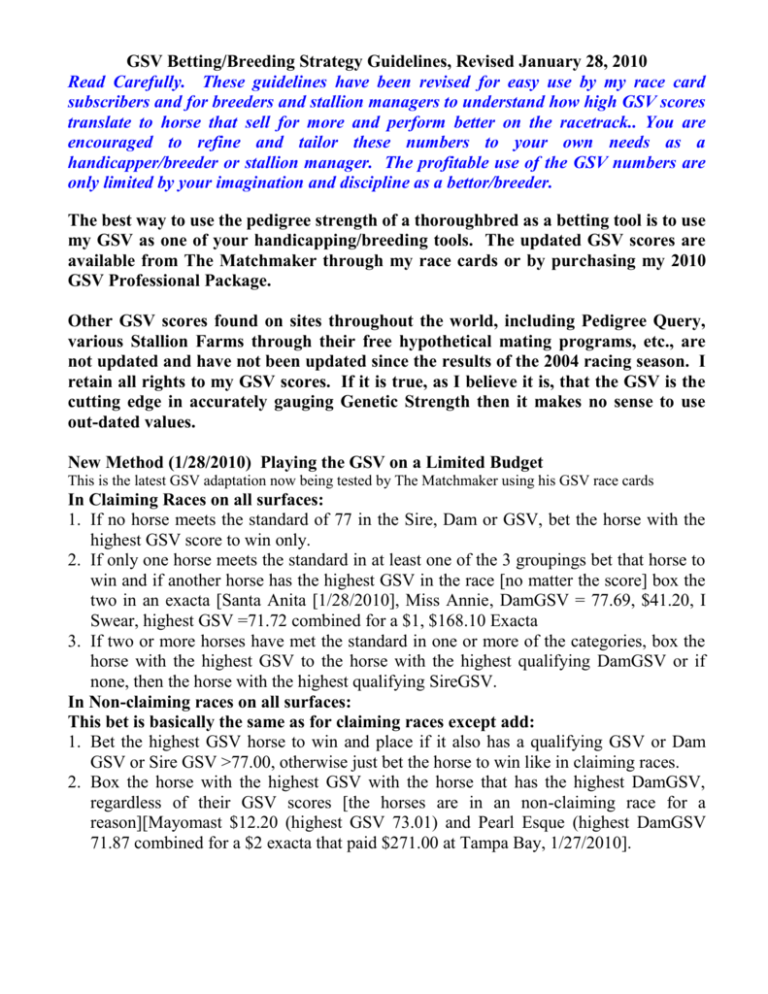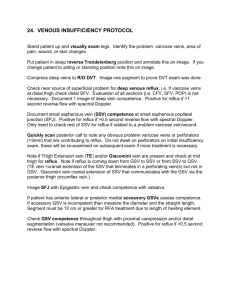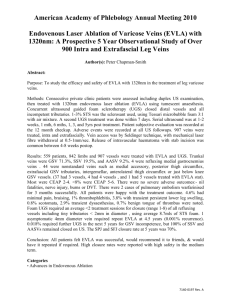
GSV Betting/Breeding Strategy Guidelines, Revised January 28, 2010
Read Carefully. These guidelines have been revised for easy use by my race card
subscribers and for breeders and stallion managers to understand how high GSV scores
translate to horse that sell for more and perform better on the racetrack.. You are
encouraged to refine and tailor these numbers to your own needs as a
handicapper/breeder or stallion manager. The profitable use of the GSV numbers are
only limited by your imagination and discipline as a bettor/breeder.
The best way to use the pedigree strength of a thoroughbred as a betting tool is to use
my GSV as one of your handicapping/breeding tools. The updated GSV scores are
available from The Matchmaker through my race cards or by purchasing my 2010
GSV Professional Package.
Other GSV scores found on sites throughout the world, including Pedigree Query,
various Stallion Farms through their free hypothetical mating programs, etc., are
not updated and have not been updated since the results of the 2004 racing season. I
retain all rights to my GSV scores. If it is true, as I believe it is, that the GSV is the
cutting edge in accurately gauging Genetic Strength then it makes no sense to use
out-dated values.
New Method (1/28/2010) Playing the GSV on a Limited Budget
This is the latest GSV adaptation now being tested by The Matchmaker using his GSV race cards
In Claiming Races on all surfaces:
1. If no horse meets the standard of 77 in the Sire, Dam or GSV, bet the horse with the
highest GSV score to win only.
2. If only one horse meets the standard in at least one of the 3 groupings bet that horse to
win and if another horse has the highest GSV in the race [no matter the score] box the
two in an exacta [Santa Anita [1/28/2010], Miss Annie, DamGSV = 77.69, $41.20, I
Swear, highest GSV =71.72 combined for a $1, $168.10 Exacta
3. If two or more horses have met the standard in one or more of the categories, box the
horse with the highest GSV to the horse with the highest qualifying DamGSV or if
none, then the horse with the highest qualifying SireGSV.
In Non-claiming races on all surfaces:
This bet is basically the same as for claiming races except add:
1. Bet the highest GSV horse to win and place if it also has a qualifying GSV or Dam
GSV or Sire GSV >77.00, otherwise just bet the horse to win like in claiming races.
2. Box the horse with the highest GSV with the horse that has the highest DamGSV,
regardless of their GSV scores [the horses are in an non-claiming race for a
reason][Mayomast $12.20 (highest GSV 73.01) and Pearl Esque (highest DamGSV
71.87 combined for a $2 exacta that paid $271.00 at Tampa Bay, 1/27/2010].
Breeders
1. There is a strong correlation between GSV scores and the racing and/or breeding
quality of the thoroughbred. The higher the score the greater, on average, the racing
class of the thoroughbred. The higher the GSV score the higher the class of the foal
compared to the mare's other foals with lower GSV scores. Of course, there are
always exceptions such as newly retired stallions that have not yet had Stud
Performance points added to its GRASP score.
2. There is an especially strong correlation between high GSV scores and the ability of
horses to perform well on the turf or synthetic surfaces. Positive results especially at
Santa Anita, Keeneland and Hollywood are well documented.
Handicappers [The GSV is not intended to replace your own handicapping tools.]
1. The highest GSV score often identifies horses that win at huge prices. Cashing a bet
at 20/1 means that you can miss 18 bets and still gives a profit for the bettor.
2. A high GSV score can indicate whether a horse should do well on a turf/synthetic
before the horse has made a single start on that surface. Top turf performers almost
always have a GSV score two standard deviations above the average for that track
[mid seventies and up].
3. A high GSV score can indicate whether a horse has the stamina to run is a race over
classic distances as there is a stamina bias built into the program.
4. A race where most of the runners have a GSV score greater than 70, usually indicates
a Classic race that is on dirt or good races on synthetic or turf.
5. If a race has one or more horses with GSV scores above two standard deviations, it
indicates a significant edge of these horses over the rest of the field and a flat win bet
is producing a good profit at most tracks.
6. Currently, the GSV program has also shown great promise by betting the highest GSV
scores in a race. The standards to base a bet on the sire, dam or the horse are below:
Listed below are the GSV numbers with the necessary standard deviations for selected race tracks
Track
GSV Mean+ 1SD
Dam GSV Mean+.7*SD
Aqueduct
73.66
73.29
ArlingtonPark
74.23
73.40
BelmontPark
74.46
73.87
ChurchillDowns
74.23
73.95
DelawarePark
74.92
74.43
DelMar
72.25
72.44
HollywoodPark
72.50
72.17
Keeneland
75.39
75.03
NorthlandsPark
70.39
68.76
SantaAnita
72.91
72.48
StampedePark
70.59
69.40
Woodbine
72.28
71.68
In 2010, I am using a score of 77.00 for betting purposes if one or more horses meet
that standard
Frequently Asked Questions about the Professional GSV Program and Race Cards
1. What is the difference between the GSV1, GSV2 and GSV scores?
A. The GSV1 is the old original GSV number taking both sides of the pedigree into consideration
beginning at the first generation. The 1st gen is worked out, then the 2nd generation, then 3rd,
then 4th , then the 5th generation. All five generations are averaged to give the GSV1 score.
B. The GSV is the same except that I work out the male half and female half of the pedigree
separately in the manner I did with the GSV1. I then add the score I got from the male half
and the score I got from the female half and average them, which I call the GSV score.
C. To obtain the GSV2 score, I use my extensive databank to determine the average GSV score
for each stallion in the databank. The difference between the average GSV score of the sire of
the horse and the GSV of a particular horse is called my UP score. The GSV score plus the
UP score are then added together to produce the GSV2 score. UP scores have a range from 0
to +5.00 [negative scores = 0, positive scores have a maximum of +5.00].
2. Which score is best to use betting?
A. The GSV is the best score to use betting, though the GSV2 is also another great betting tool since
it includes the UP score, which tells one how much better or worse this horse is on paper than
other horses by the same sire. The GSV2 score is used more in analyzing broodmares and
stallions by The Matchmaker and the strength of the most recent mating.
3. Why is the GSV and GSV2 score the same in some horses?
A. Since negative UP scores are not allowed, they are given a score of 0.
B. This might also be a case where the sire of the horse being given a GSV score is not represented
by any other horse in the databank. Since there are no other horses to give the sire an average, the
UP score is 0 and therefore the GSV2 score is the same as the GSV.
C. © George William Smith, The Matchmaker, January 28, 2010, All rights reserved









